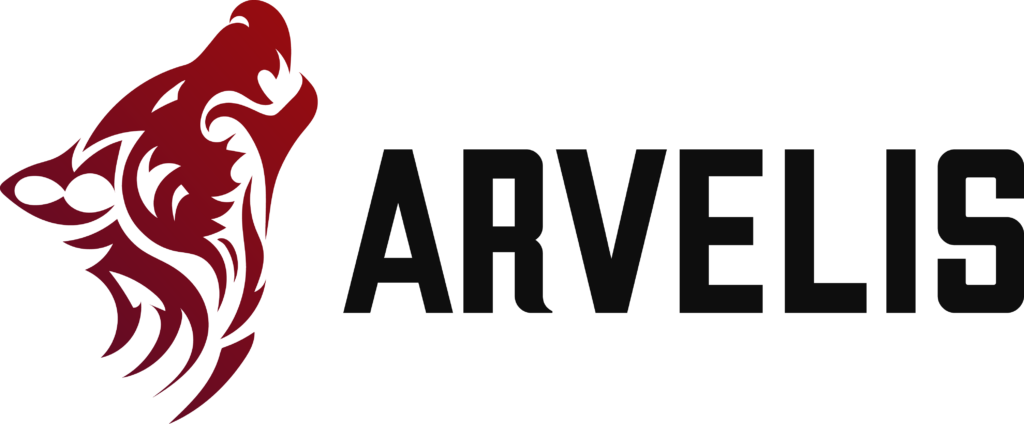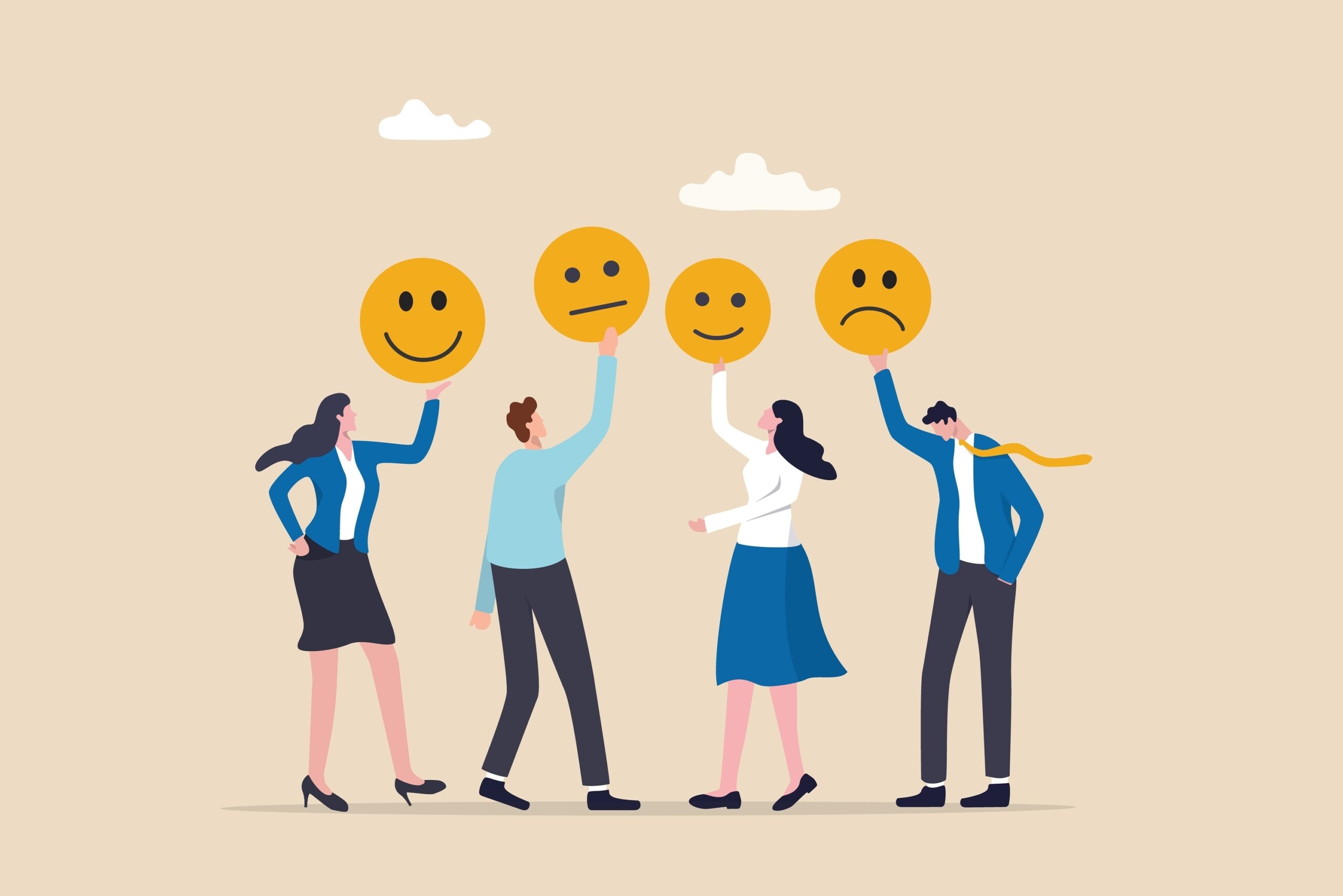Improving work performance is a top priority for professionals and organizations alike. However, pursuing productivity often comes at the cost of personal well-being, leading to burnout and diminished long-term results. Striking the right balance between efficiency and personal life is not just a luxury—it’s a necessity for sustained success.
Achieving peak work performance doesn’t mean working longer hours or sacrificing your personal life. Instead, it’s about working smarter, leveraging tools, and adopting habits that enhance employee efficiency while preserving a healthy work-life balance.
This blog will explore actionable strategies and best practices to help you excel at work without compromising your well-being.
Understanding the Link Between Work Performance and Work-Life Balance
Improving work performance and maintaining a healthy work-life balance are two sides of the same coin. When employees feel overworked and stressed, their productivity declines, and their overall well-being suffers. On the other hand, a balanced approach fosters creativity, focus, and long-term success.
Research consistently shows that employees who maintain a healthy work-life balance are happier, more engaged, and significantly more productive. Studies have found that professionals who prioritize balance tend to perform better at work, as they are less likely to experience burnout and more likely to stay focused and motivated.
On the other hand, overworked employees often face decreased productivity, higher stress levels, and lower job satisfaction. Organizations that encourage work-life balance also see higher retention rates, as employees feel more valued and supported professionally and personally.
The key is to recognize that work performance isn’t just about output—it’s about sustainable habits that allow you to thrive professionally and personally. Understanding this connection enables you to adopt strategies that enhance employee efficiency without sacrificing personal time.
Key Strategies to Enhance Employee Efficiency
Boosting work performance requires more than effort—it’s about working smarter. Here are nine proven strategies to help you maximize productivity while maintaining balance:
1. Prioritize Tasks Effectively
Not all tasks are created equal. Use tools like the Eisenhower Matrix to categorize tasks based on urgency and importance. Focus on high-impact activities that drive results and delegate or eliminate low-priority tasks. For example, instead of spending hours on administrative work, automate repetitive tasks or delegate them to a team member. This approach ensures you’re investing your time where it matters most.
2. Leverage Technology and Tools
From project management software like Trello to automation tools like Zapier, technology can significantly enhance employee efficiency. These tools streamline workflows, reduce manual effort, and free up time for strategic thinking. For instance, using Slack can minimize email clutter and improve team collaboration. Similarly, automation tools can handle repetitive tasks like data entry, allowing you to focus on higher-value work.
3. Set Clear Goals and Expectations
SMART goals (Specific, Measurable, Achievable, Relevant, Time-bound) provide clarity and direction. Break down larger objectives into smaller, actionable steps to stay focused and motivated. For example, instead of setting a vague goal like “increase sales,” aim to “increase sales by 10% in the next quarter by targeting five new clients per week.” This specificity helps you track progress and stay accountable.
4. Delegate Tasks When Possible
Delegation is a key skill for improving work performance. Trust your team members to handle tasks that don’t require direct involvement, allowing you to focus on high-priority responsibilities. For example, if you’re a manager, delegate routine tasks like scheduling meetings or preparing reports to an assistant. This frees up your time and empowers your team to develop new skills.
5. Minimize Multitasking
Multitasking may seem efficient, but it often leads to errors and mental fatigue. Instead, focus on one task at a time to improve accuracy and productivity. Research shows that multitasking is less efficient as it takes more time for people to switch gears between tasks. To avoid this, use techniques like time blocking to dedicate specific periods to individual tasks.
6. Optimize Your Workspace
A clutter-free, ergonomic workspace can significantly boost employee efficiency. To create a productive environment, organize your desk, invest in comfortable furniture, and eliminate distractions. For example, position your desk near natural light to reduce eye strain and improve mood. Keep only essential items on your desk to minimize distractions and maintain focus.
7. Practice Time Blocking
Time blocking involves scheduling specific blocks of time for different tasks. This technique helps you stay organized, reduces decision fatigue, and ensures you allocate time for both work and personal activities. For instance, block two hours in the morning for deep work, an hour after lunch for meetings, and 30 minutes at the end of the day for planning. This structure ensures you’re making the most of your time.
8. Continuously Improve Skills
Investing in professional development enhances your ability to perform at a high level. Attend workshops, take online courses, or seek mentorship to stay ahead in your field. For example, if you’re in marketing, consider learning about emerging trends like AI-driven analytics or content personalization. This improves your work performance and makes you a valuable asset to your organization.
9. Track and Analyze Performance
Regularly reviewing your progress helps identify areas for improvement. Use time-tracking apps or productivity journals to monitor your efficiency and make data-driven adjustments. For instance, if you spend too much time on low-priority tasks, adjust your schedule to prioritize high-impact activities. This continuous improvement cycle ensures you’re always working at your best.
Best Practices for Maintaining Work-Life Balance
A healthy work-life balance is essential for sustaining high work performance. Here are seven best practices to help you achieve harmony between your professional and personal life:
- Establish Boundaries Between Work and Personal Life
Set precise work hours and stick to them. To create a clear separation between work and life, avoid checking emails or taking work calls during personal time.
For example: If your workday ends at 6 PM, turn off notifications and focus on family, hobbies, or relaxation. This boundary helps you recharge and return to work refreshed.
- Incorporate Regular Breaks and Downtime
Taking breaks throughout the day improves focus and prevents burnout. Techniques like the Pomodoro Technique encourage short, frequent breaks to recharge energy.
For example: Work for 25 minutes, then take a 5-minute break to stretch or grab a coffee. These small pauses can significantly improve your productivity and well-being.
- Foster a Supportive Work Environment
A positive workplace culture promotes work-life balance. Encourage open communication, flexibility, and mutual support among team members.
For example: If a colleague is overwhelmed, offer to help or suggest redistributing tasks. This collaborative approach creates a more balanced and productive team.
- Schedule Personal Time
Treat personal time as non-negotiable. Whether spending time with family, pursuing hobbies, or simply relaxing, prioritize activities that bring you joy.
For example: Block off weekends for personal activities and avoid scheduling work-related tasks during this time. This ensures you have dedicated time to unwind and recharge.
- Learn to Say No
Overcommitting leads to stress and burnout. Politely decline additional responsibilities that don’t align with your priorities or capacity.
For example: If a new project conflicts with your current workload, explain your limitations and suggest alternative solutions. This approach protects your time and energy.
- Use Vacation Days Wisely
Taking time off is essential for recharging. Plan vacations or staycations to disconnect from work and return with renewed energy.
For example: Spend your vacation exploring a new destination, spending quality time with loved ones, or simply relaxing at home. This break helps you return to work with a fresh perspective.
- Seek Support When Needed
Don’t hesitate to ask for help from colleagues, mentors, or professionals. A strong support system can alleviate stress and improve overall well-being.
For example: If you’re struggling with a heavy workload, discuss it with your manager and explore solutions like redistributing tasks or hiring additional support.
Sustainable Habits for Long-Term Success
Building sustainable habits is key to maintaining high work performance and a healthy work-life balance. Here are five habits to incorporate into your routine:
Focus on Physical and Mental Well-Being
Regular exercise, a balanced diet, and adequate sleep are foundational for productivity. Additionally, practice mindfulness or meditation to manage stress and improve mental clarity.
Continuously Learn and Adapt
Stay curious and open to new ideas to remain effective in your role. Update your skills regularly and adapt to changing circumstances.
Celebrate Small Wins
Acknowledging your achievements, no matter how small, boosts motivation and morale. Take time to reflect on your progress and reward yourself for milestones reached.
Build a Morning Routine
Starting your day with intention sets the tone for productivity. Incorporate activities like exercise, journaling, or planning your day into your morning routine.
Reflect and Adjust Regularly
Regular self-assessment helps you stay on track. Reflect on your habits, identify areas for improvement, and make adjustments as needed.
Your Path to Balanced Success
Achieving high work performance while maintaining a healthy work-life balance is possible and essential for long-term success. You can enhance employee efficiency without sacrificing personal well-being by implementing strategies like prioritizing tasks, leveraging technology, and setting clear goals. Best practices such as establishing boundaries, taking regular breaks, and fostering a supportive work environment ensure you stay productive and fulfilled. Sustainable habits, including focusing on physical and mental well-being and continuous learning, create a foundation for lasting success.
Arvelis is dedicated to helping professionals like you achieve their full potential while maintaining balance. Our tools and resources are designed to streamline workflows, enhance productivity, and support your well-being.
Ready to transform your work life? Explore Arvelis today and take the first step toward a more productive, balanced future.

